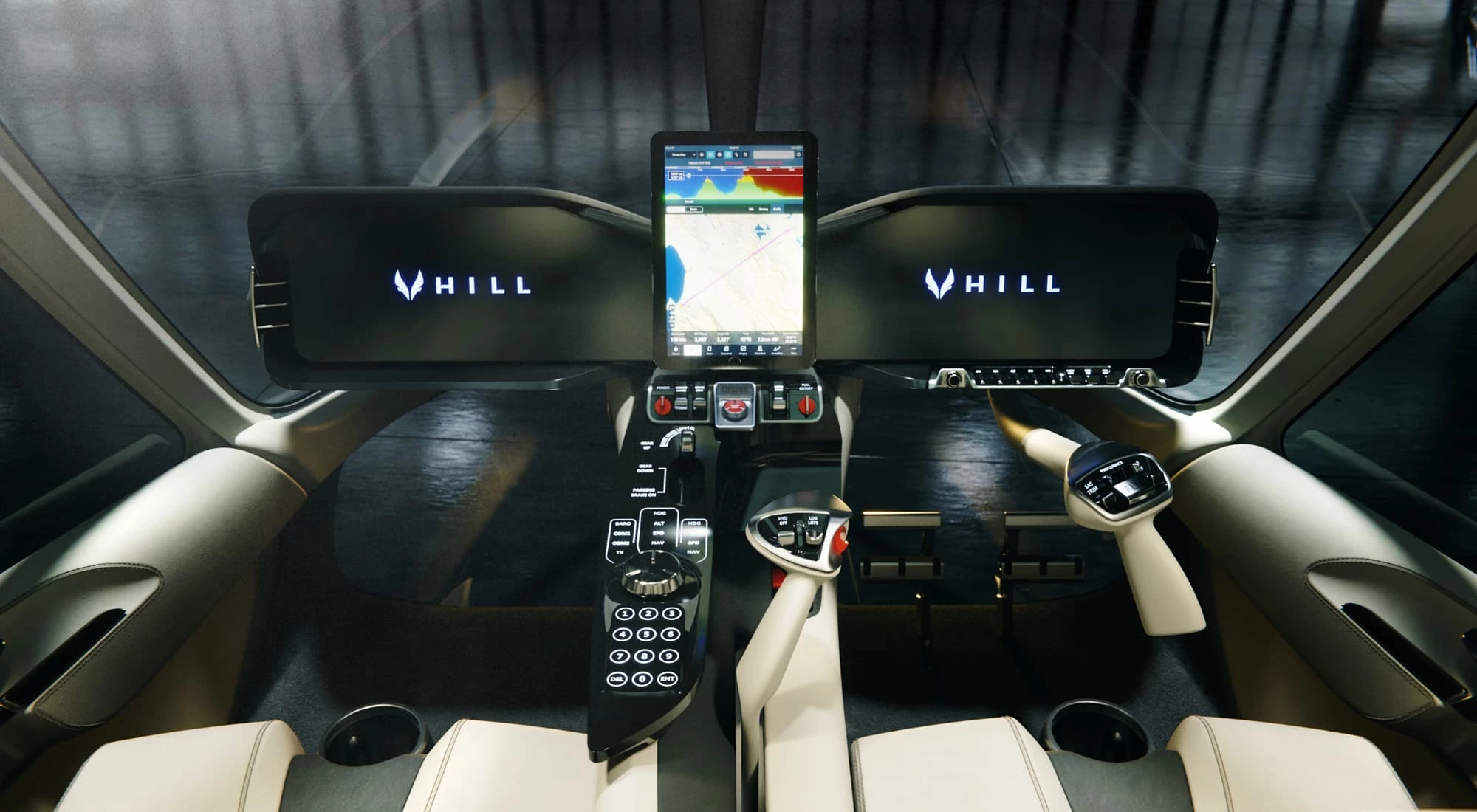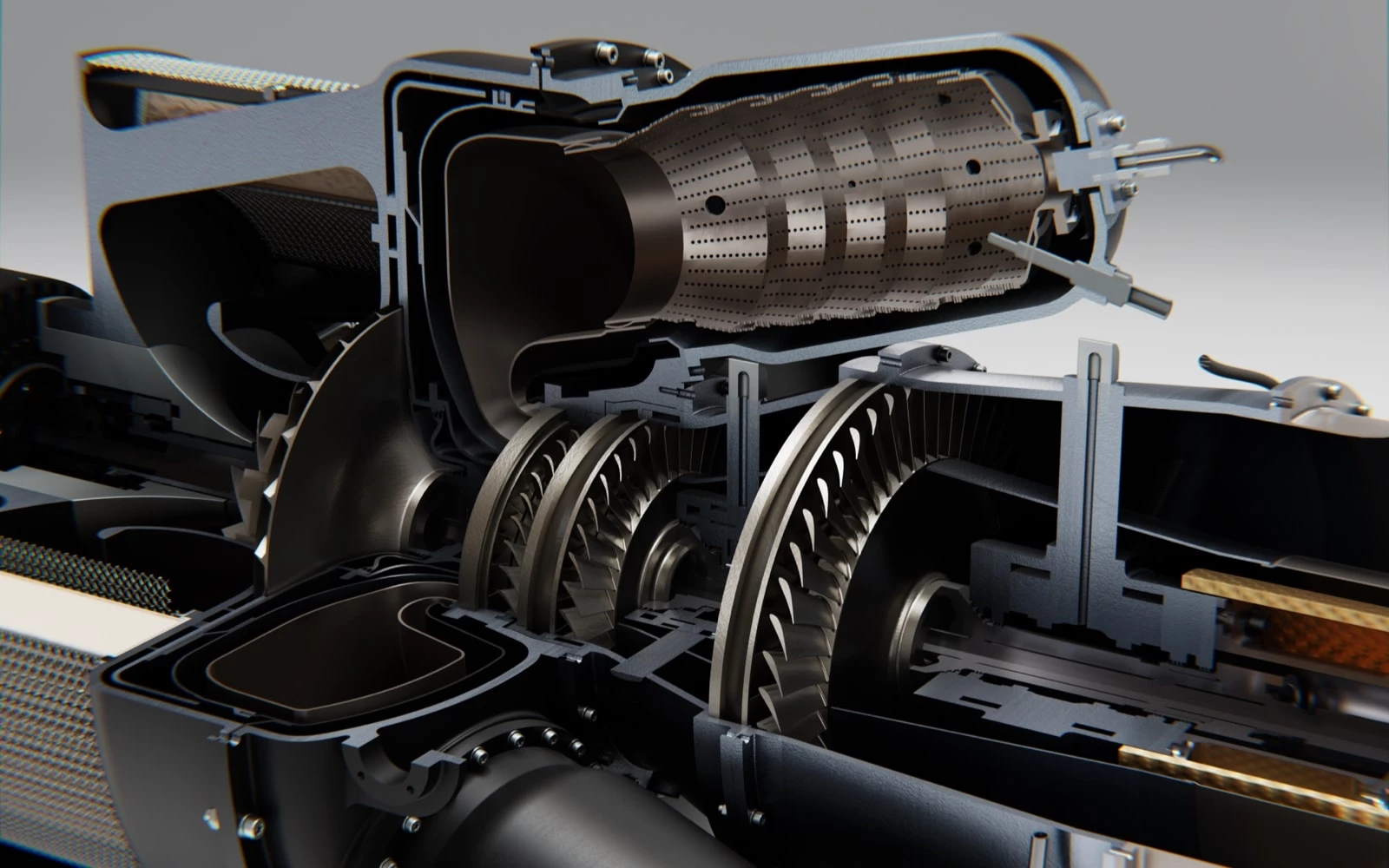The helicopter market has been upside-down for too long, argues Hill Helicopters. It focuses on commercial operators, where the vast majority of sales these days are made to private owners. Thus, there's an opportunity for a company to come in and build a next-gen rotorcraft custom tailored to owner-pilots – and that's what Hill is doing with its HX50.
This kind of buyer has different needs and different priorities, says founder and CEO Jason Hill. They're not going to be ferrying customers around all day, they'll use it more occasionally. So they're interested in a luxury cabin, rather than one that's built for rough treatment.
They want the latest technologies rather than the ones most commercial pilots are comfortable with. They want something that's easy and fun to fly, with minimal hassles on the ground. And they want something beautiful that'll look super trendy on their teenage kids' TikToks.
What's more, since they're not commercial pilots, they gain little from the vast additional expense that most manufacturers incur when they push their aircraft through full commercial certification. Hill is having the HX50 type-approved for private use first, and having owners come in to the factory for two weeks to build 51 percent of it themselves, using Hill's own tooling, production equipment and assembly jigs under the supervision of production experts.
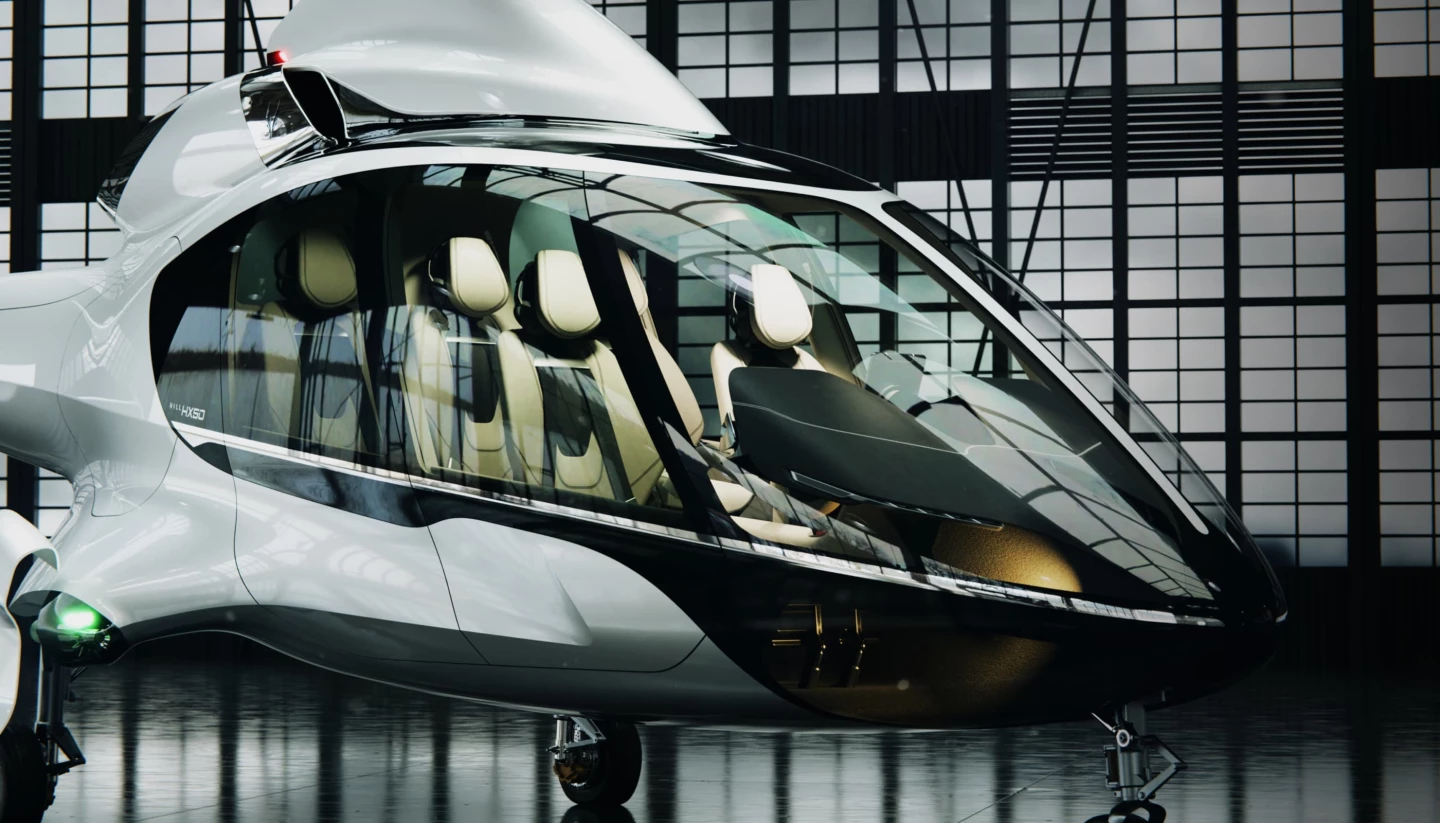
It's a bold and unusual plan, but the two weeks buyers spend on the tools putting these things together, argues Hill, will give them a much deeper understanding of the aircraft and make them better long-term owners. Doing it in a controlled factory environment allows quality assurance oversight, and also speeds the job up immensely.
"HX50 is the first clean-sheet helicopter in decades," Hill told Pilot Yellow in an interview. "Everything about this aircraft is new technology." Hence the company's own GT50 two-spool turboshaft engine, optimized for high efficiency, low fuel consumption and long life. It'll make 400 horsepower all day long, and can deliver bursts of as much as 500 hp in an emergency situation for 30 seconds.
That's a ton of power for this size machine; the Robinson R66, for comparison, only offers about 224 continuous horsepower from its Rolls-Royce RR300 turboshaft. That RR300 will require an engine overhaul every 2,000 hours, too; Hill says its GT50 will run for as much as 5,000 hours between overhauls.
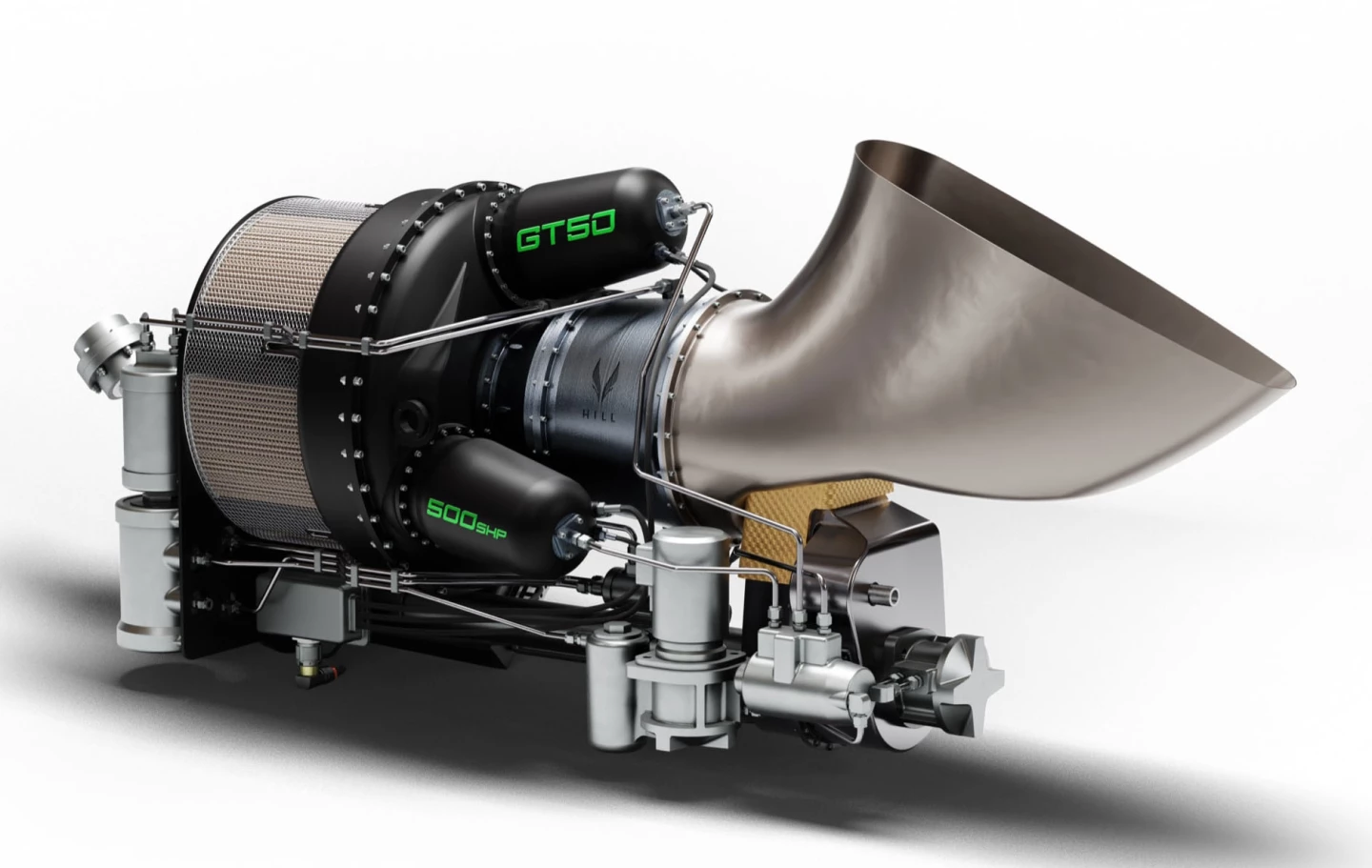
Importantly, for private owners, the engine is fully electronically controlled, so the startup and shutdown procedures are entirely automated; it's hit a button and go. This also allows things like haptic feedback to be built into the controls, like a collective stick that stiffens up as you're approaching the power limits.
Which brings us to the cockpit, a digital touch-screen wonderland that's also designed and manufactured in-house. Inspired by the automotive world, there are two giant, 15-inch full-color dashes that can be set up in multiple modes depending on who's in the front seats, as well as a further large iPad in the middle, plumbed into the GPS and standard two-axis autopilot systems so you can run all your favorite navigation apps and such.
Since HX50 pilots aren't expected to be everyday flyers, the user experience is "grossly simplified," and designed to be as easy to get back into as possible. Instead of traditional idiot lights, for example, the system will pop up warnings in "emotionally sensitive" language so as not to freak you out, while simultaneously suggesting exactly what you might want to do next. That seems friendly. There are downward and rearward facing camera views available, as well as overlays highlighting things like power lines.

As far as the basics, it's a five-seat helicopter with a three-blade top rotor and shrouded tail rotor, offering a stunning amount of visibility for front and back row passengers thanks to massive panoramic windows that wrap around the entire cabin. It'll sell either with skids, or optional retractable wheels that fold away to reduce drag and bump up the cruise speed. The top rotor can also be optioned up with the capability to fold back its blades, making it much easier to fit into a garage or small hangar.
It'll cruise at 140 knots (161 mph, 260 km/h), offering a maximum range of 700 nautical miles (806 miles, 1,296 km) and carrying payloads up to 1,760 lb (798 kg), with a neat luggage compartment in the tail. Since private owners aren't expected to put more than about 50 hours a year on these things, Hill says the 5,000-hour interval between engine overhauls should allow them to hold their value pretty well on the used market, too.
Buyers are responding with great enthusiasm. The HX50 is currently the hottest-selling helicopter in its segment, having made some 342 pre-sales as of last week. That represents a market share over 50 percent, for a helicopter that's yet to fly even as a full-sized prototype. It's a pretty compelling validation of Hill's build-it-yourself certification strategy and private-owner-centric approach.
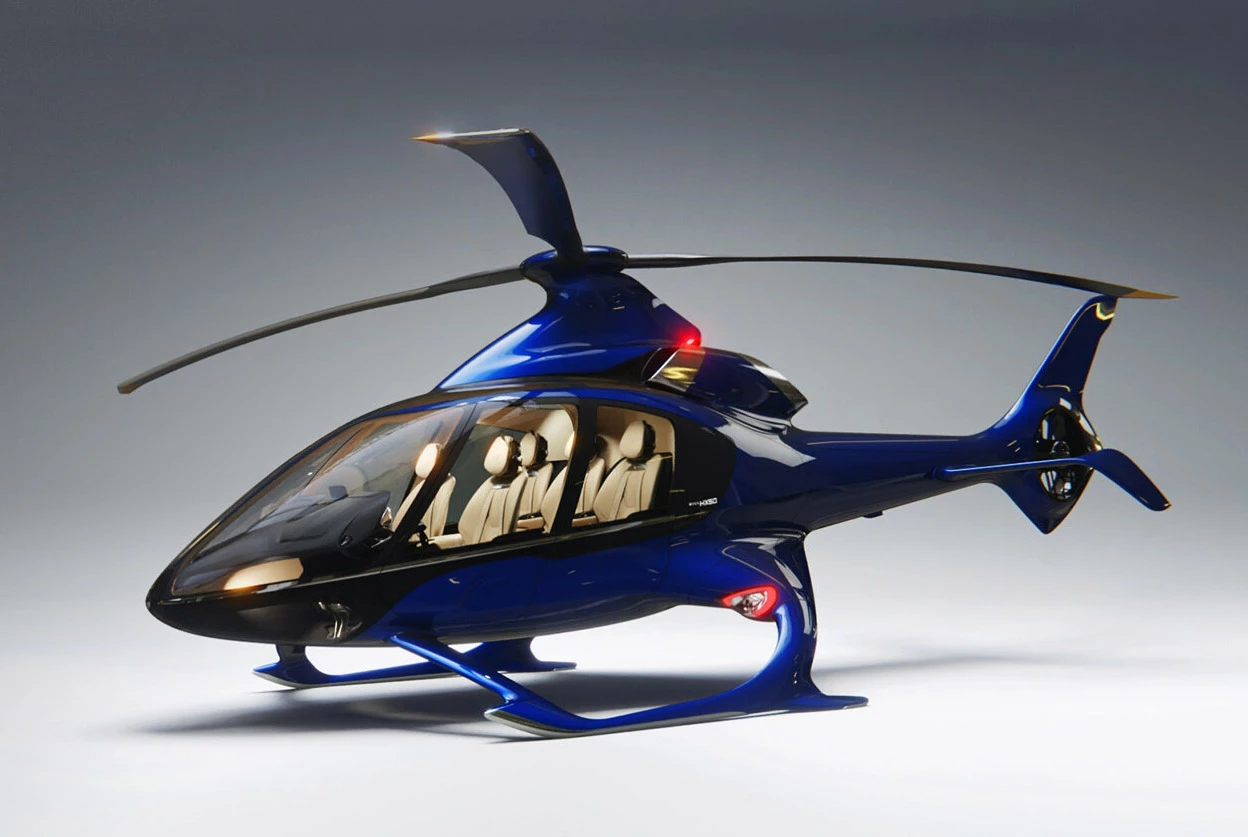
And it's also totally unsurprising when you look at the price: £495,000, or around US$665,000. Supercar money, essentially, for a gorgeous, high-tech, next-level helicopter that comes with a blissful two-week construction holiday nerding out on your new toy with the factory techs. A Robinson R66, for comparison, will run you closer to a million US dollars, unless you buy one second-hand with an overhaul bearing down on you. And frankly, it's nowhere near the machine the HX50 promises to be: a genuine disruptor that'll make your neighbor's ex-commercial chopper look about a thousand years old.
Hill says it's shooting for 2023 for its first customer deliveries, with flight tests set to begin in 2022. Assuming the rampant success of the HX50 , the company is planning to follow up with a fully type-certified version that it's calling the HC50. That onerous certification process will bump the starting price up to £725,000, or about $975,000, which should still look like a pretty great deal when placed next to the competition.
Ambitious doesn't begin to cover this project. The time frame alone would look daunting for an established manufacturer using off-the-rack major components from third parties. Hill's designing something new from the ground up, with a beautiful next-gen digital cockpit, making most of it – including a brand new turboshaft engine – in-house, and trialing a totally new market focus and airworthiness approval model in the process.
The company is doing so, we understand, under the steam of a few UK Government grants, but it's otherwise entirely self-funded and 100-percent owned by Jason Hill and his wife Sabrina. So very much a lightweight, entrepreneurial company that's not overloaded with competing visions. Whatever you think of Hill's controversial opinions on the emerging eVTOL market, you've got to admit this thing's a beauty. We're looking forward to seeing it fly.
In the meantime, you can watch all the rendered bits of the HX50 coming together in the snazzy video below.
Source: Hill Helicopters





